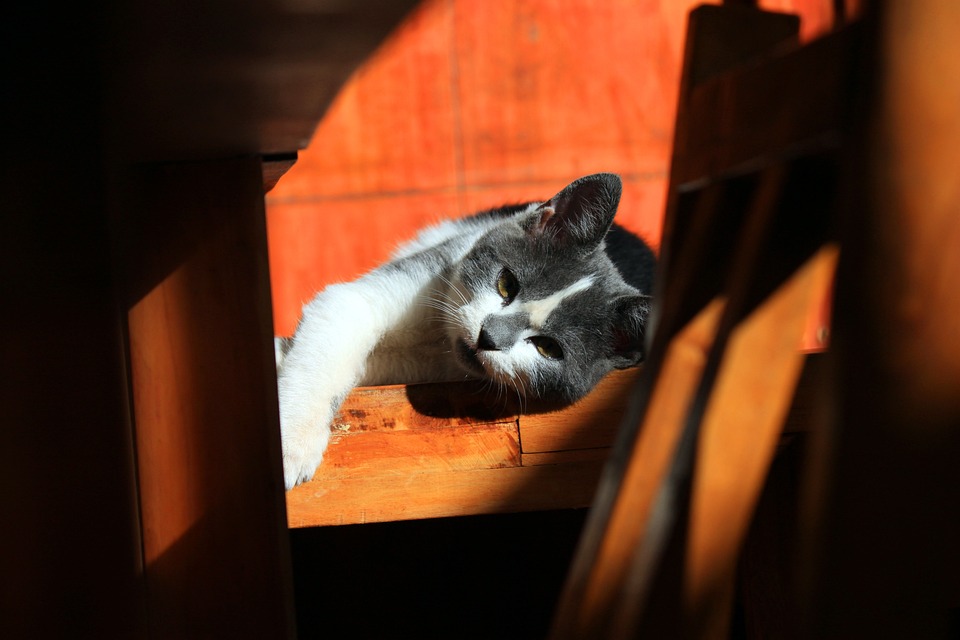Article: Understanding Excessive Vocalization: Why Do Humans Talk So Much During Grooming?
Introduction:
Cats are known for their mysterious and enigmatic behavior, and one common phenomenon that often perplexes cat owners is excessive vocalization during grooming sessions. In this article, we will delve into the reasons behind this behavior and shed light on why humans tend to talk so much during these moments of feline self-care. Additionally, we will address some frequently asked questions to provide a comprehensive understanding of this intriguing topic.
I. The Significance of Grooming in Cats:
A. The instinctual nature of grooming
Cats have an innate instinct to groom themselves. Grooming helps them maintain their cleanliness by removing dirt, debris, and excess fur. It is a natural behavior that is deeply ingrained in their DNA.
B. The role of grooming in maintaining a cat’s health and well-being
Grooming is not just about cleanliness for cats; it also serves various other purposes. It helps distribute natural oils throughout their fur, keeping it healthy and shiny. Additionally, grooming allows cats to regulate their body temperature by spreading saliva on their fur, which acts as a cooling mechanism.
II. Understanding Excessive Vocalization in Cats:
A. The communication aspect of vocalization during grooming
When cats vocalize during grooming sessions, they are often communicating with their owners or other cats. It can be a way of expressing contentment, pleasure, or even a request for attention.
B. Expressing discomfort or pain
Excessive vocalization during grooming can also be a sign of discomfort or pain. Cats may vocalize to communicate that they are experiencing discomfort, such as skin irritation or the presence of mats or tangles in their fur.
C. Seeking attention or interaction from humans
Cats are social animals, and they often seek attention and interaction from their human companions. Vocalizing during grooming can be a way for cats to engage their owners and receive the desired attention.
D. Marking territory and establishing dominance
Vocalization during grooming can also serve as a way for cats to mark their territory and establish dominance. By vocalizing, they assert their presence and communicate their ownership of the grooming space.
III. The Human Factor: Why Do Humans Talk So Much During Grooming?
A. Establishing a bond and building trust
Talking to a cat during grooming sessions can help establish a bond and build trust. Cats are sensitive to human voices, and hearing their owners’ soothing words can create a sense of security and comfort.
B. Providing reassurance and comfort to the cat
Talking during grooming can provide reassurance and comfort to the cat. The sound of a familiar voice can help alleviate any anxieties or stress the cat may be experiencing during the grooming process.
C. Responding to the cat’s vocal cues
Humans often talk in response to a cat’s vocalization during grooming. This interaction creates a dialogue between the cat and its owner, fostering a sense of understanding and connection.
D. Addressing the need for human interaction during grooming
Cats are social animals, and they often crave human interaction. Talking to a cat during grooming satisfies their need for companionship and can make the experience more enjoyable for both the cat and the owner.
FAQs (Frequently Asked Questions):
1. Why do cats groom themselves so often?
Cats groom themselves often as it is a natural instinct that helps them maintain cleanliness, regulate body temperature, and distribute natural oils in their fur.
2. Is excessive vocalization during grooming a cause for concern?
Excessive vocalization during grooming can be a cause for concern if it is accompanied by signs of distress or pain. It is essential to monitor the cat’s behavior and consult a veterinarian if necessary.
3. How can I differentiate between normal vocalization and distress during grooming?
Observing the cat’s body language and listening for signs of distress or pain in their vocalization can help differentiate between normal vocalization and distress during grooming.
4. Should I engage in conversation with my cat during grooming?
Engaging in conversation with your cat during grooming can enhance the bond between you and provide reassurance and comfort to the cat. It can be a positive experience for both of you.
5. Can excessive vocalization during grooming be curbed?
Strategies such as positive reinforcement, desensitization, and seeking professional advice can help address excessive vocalization during grooming. It is essential to understand the underlying cause and address it accordingly.
6. Is excessive vocalization during grooming more common in certain cat breeds?
While excessive vocalization during grooming can vary from cat to cat, some breeds, such as Siamese and Oriental Shorthairs, are known for their vocal nature. Genetics may play a role in the frequency and intensity of vocalization during grooming.
Conclusion:
Understanding the reasons behind excessive vocalization during grooming sessions can provide valuable insights into a cat’s needs and emotions. By recognizing the significance of grooming in a cat’s life and understanding the various factors that influence vocalization, we can develop a deeper understanding of our feline companions and strengthen the bond we share with them.








